The ZZ plant (Zamioculcas zamiifolia) is famous for being low-maintenance, drought-tolerant, and nearly indestructible. But even this hardy houseplant can struggle when indoor temperatures rise dramatically during the summer. As heatwaves become more frequent, it's important for plant parents to know how to cool their ZZ plant naturally—without relying on artificial methods or causing stress. This guide will explore natural cooling techniques for ZZ plants to help them stay healthy and vibrant all summer long.

Why ZZ Plants Struggle in Hot Summers
ZZ plants originate from Eastern Africa and are accustomed to dry, warm conditions. However, they thrive in consistent indoor temperatures between 18°C to 26°C (65°F to 78°F). When indoor heat rises beyond 30°C (86°F), ZZ plants may exhibit signs of stress like:
- Drooping leaves
- Leaf curl or yellowing
- Slowed growth
- Increased susceptibility to pests
While air conditioning may help humans cope, it’s not always ideal for plants. That’s why natural cooling techniques offer a safer and more plant-friendly alternative.
Also Read- Top Companion Plants To Grow With Money Plant For A Lush Indoor Jungle
1. Strategic Placement Away from Heat Sources
Avoid placing your ZZ plant near windows that receive harsh afternoon sun, especially if the glass intensifies the heat. Instead, choose:
- North-facing windows for diffused light
- Cool corners away from appliances and electronics
- Elevated shelves where air circulates freely
Even a slight relocation can lower the plant's microclimate by 2–4°C.
2. Use Light Curtains or Sheer Drapes
Too much sunlight during summer can heat the room and scorch the plant. Install white sheer curtains to block out direct rays while still allowing filtered light. This creates a cooler ambient environment that mimics a shaded forest floor, which ZZ plants love.
3. Keep Air Circulating with Natural Ventilation
While ZZ plants dislike strong wind, gentle air circulation helps prevent overheating. Open windows during early mornings or late evenings when temperatures are lower. You can also place the plant near a cross-ventilation point—just ensure it isn’t in the path of direct hot drafts.
4. Clay or Terracotta Pots Help Cool the Roots
Switching to unglazed clay or terracotta pots can help keep the root zone cooler. These materials are porous, allowing excess heat and moisture to evaporate. In contrast, plastic pots retain heat, which can “cook” the roots during extreme indoor warmth.
5. Mulching the Soil Surface
Mulching isn’t just for outdoor plants. Adding a thin layer of organic mulch like coconut coir, wood chips, or even sphagnum moss can:
- Reduce evaporation
- Regulate soil temperature
- Prevent sudden heat spikes from overhead lighting or hot air
Keep the layer light to avoid waterlogging.
6. Group Plants to Create a Microclimate
Grouping houseplants together creates a humidity pocket that naturally cools the surrounding air. ZZ plants can benefit from this in summer, especially when surrounded by moisture-loving plants like peace lilies or ferns.
7. Use Pebble Trays with Water (Not Misting)
Unlike other tropical plants, ZZ plants dislike misting, which can cause leaf rot. Instead, place your pot on a pebble tray filled with water. As the water evaporates, it creates a cooler, humid micro-environment around the plant without wetting the leaves.
8. Water Early and Wisely
Watering in the early morning allows excess heat to evaporate during the day and keeps the plant hydrated. Always check if the top 1–2 inches of soil are dry. Overwatering can be just as dangerous as heat—leading to root rot.
9. Limit Fertilizing During Peak Summer
ZZ plants go semi-dormant during high heat. Avoid heavy fertilizing during this time, as it can stress the plant further. Instead, wait until temperatures normalize in early autumn before resuming feeding.
10. Turn Off Nearby Artificial Heat Sources
Avoid placing ZZ plants near items like:
- Refrigerators
- Microwaves
- Modems or routers
- Radiators or heating vents
These appliances can raise localized temperatures and stress the plant even when the rest of the room feels cool.
Also Read- Breathe Easy, Live Bright: 5 Indoor Plants to Cultivate Positive Energy in Your Home
Conclusion
By using natural cooling techniques, you can help your ZZ plant adjust to rising indoor summer temperatures without risking shock from artificial solutions. With thoughtful placement, passive ventilation, and smart watering habits, your ZZ plant can stay lush, upright, and green even in the heat of summer.
FAQs
Q1: Can ZZ plants survive in AC rooms?
Yes, but avoid placing them directly in the path of cold air. Extreme temperature fluctuations can harm them.
Q2: Do ZZ plants need misting in summer?
No, misting is not recommended. Use pebble trays instead to maintain humidity.
Q3: How often should I water my ZZ plant during summer?
Only water when the top 1–2 inches of soil are dry. Overwatering can lead to root rot.


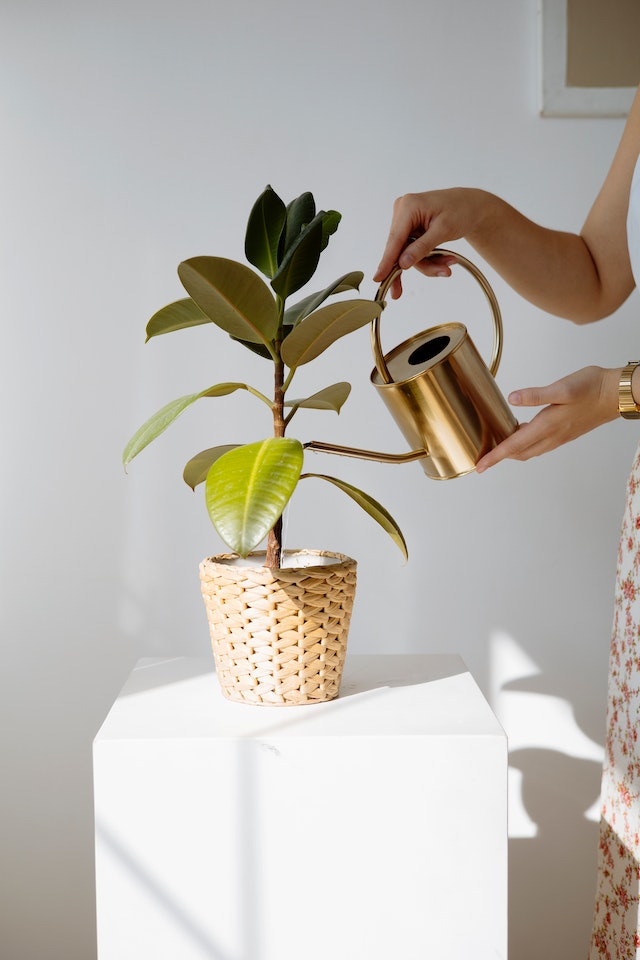
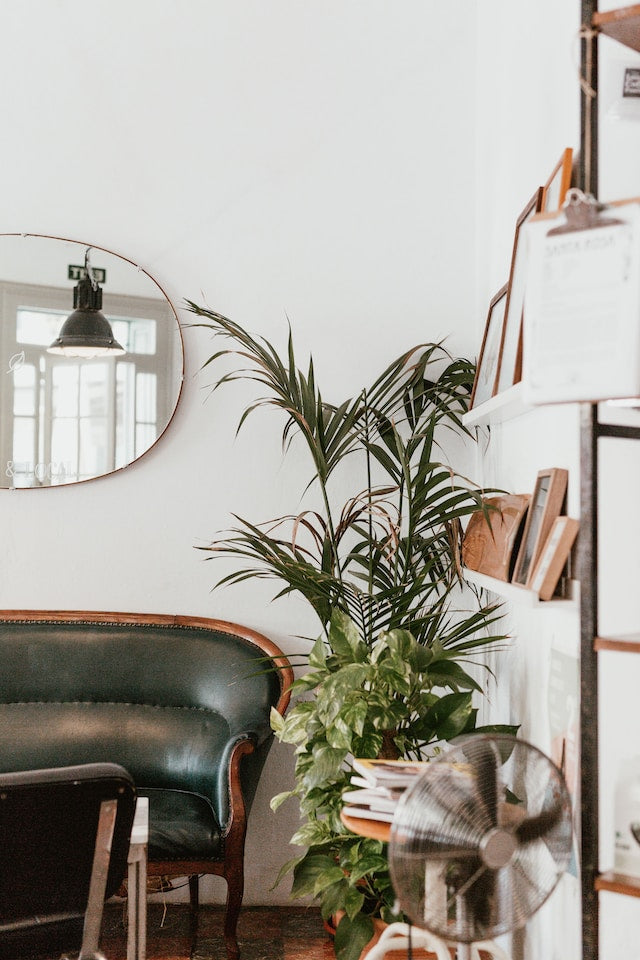

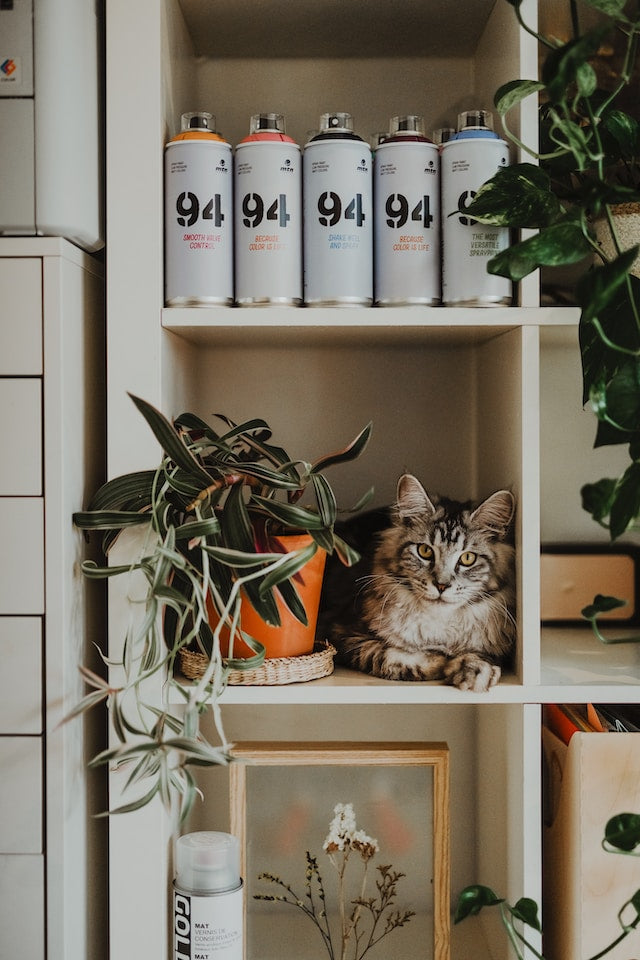

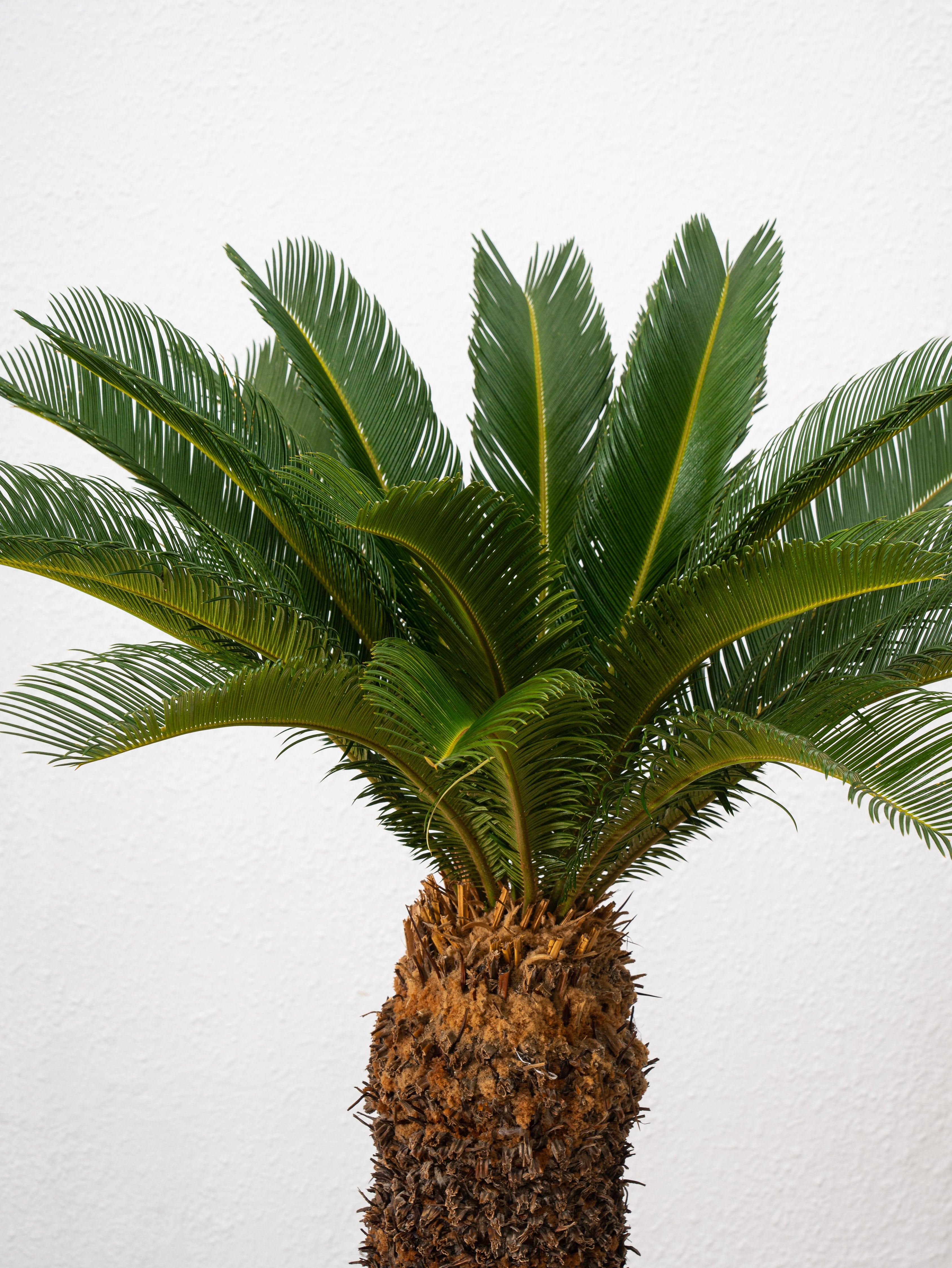
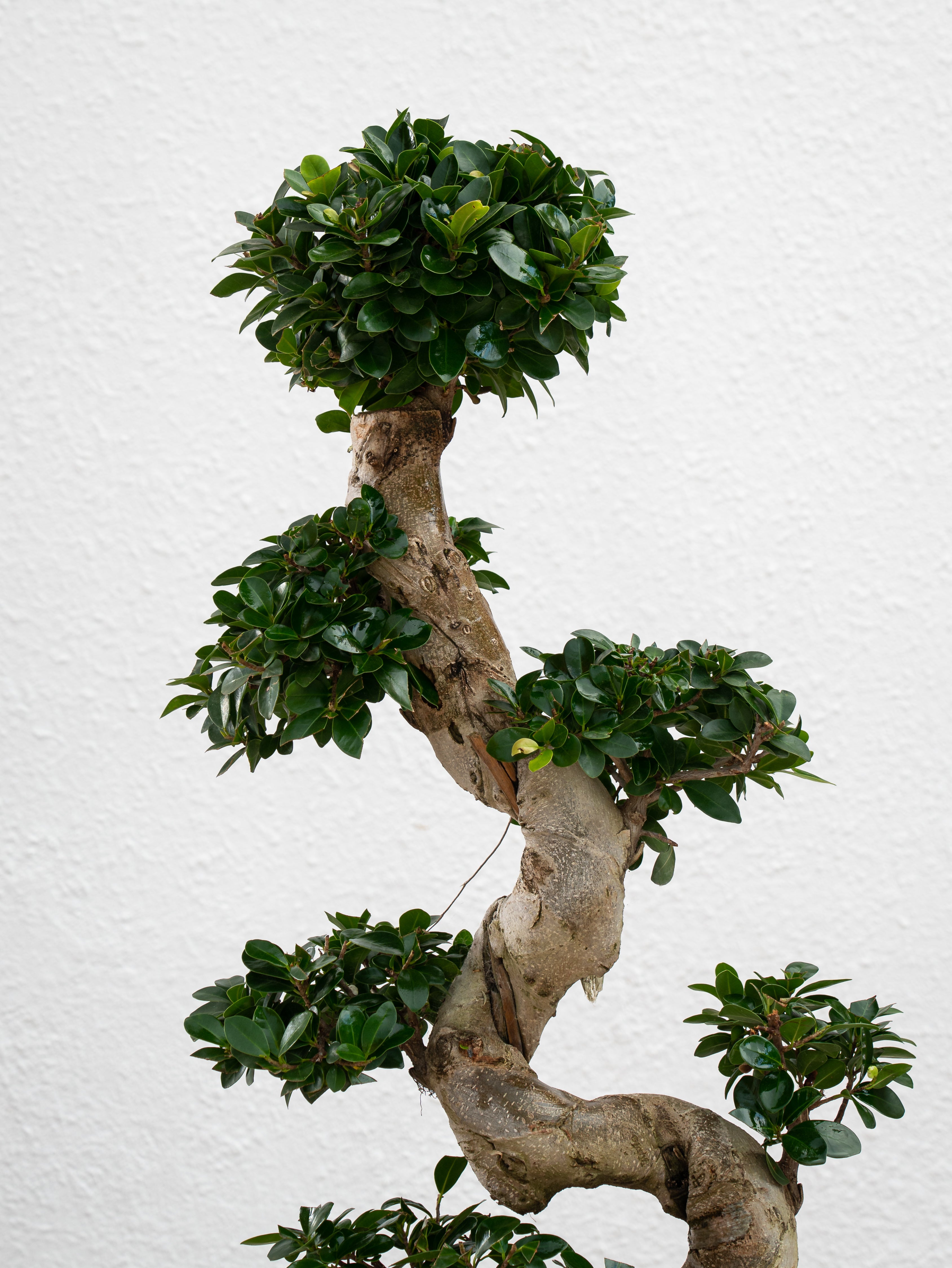
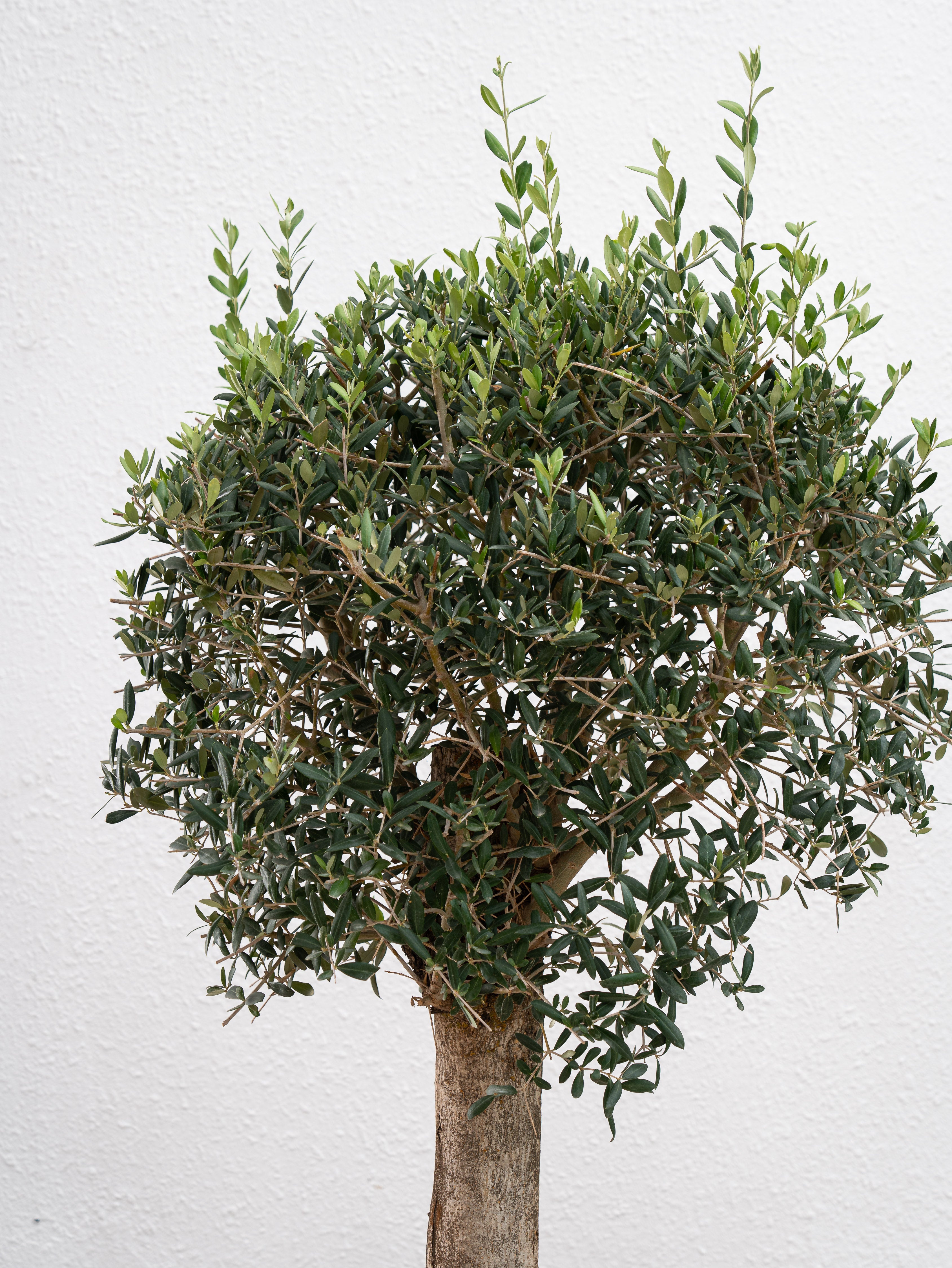
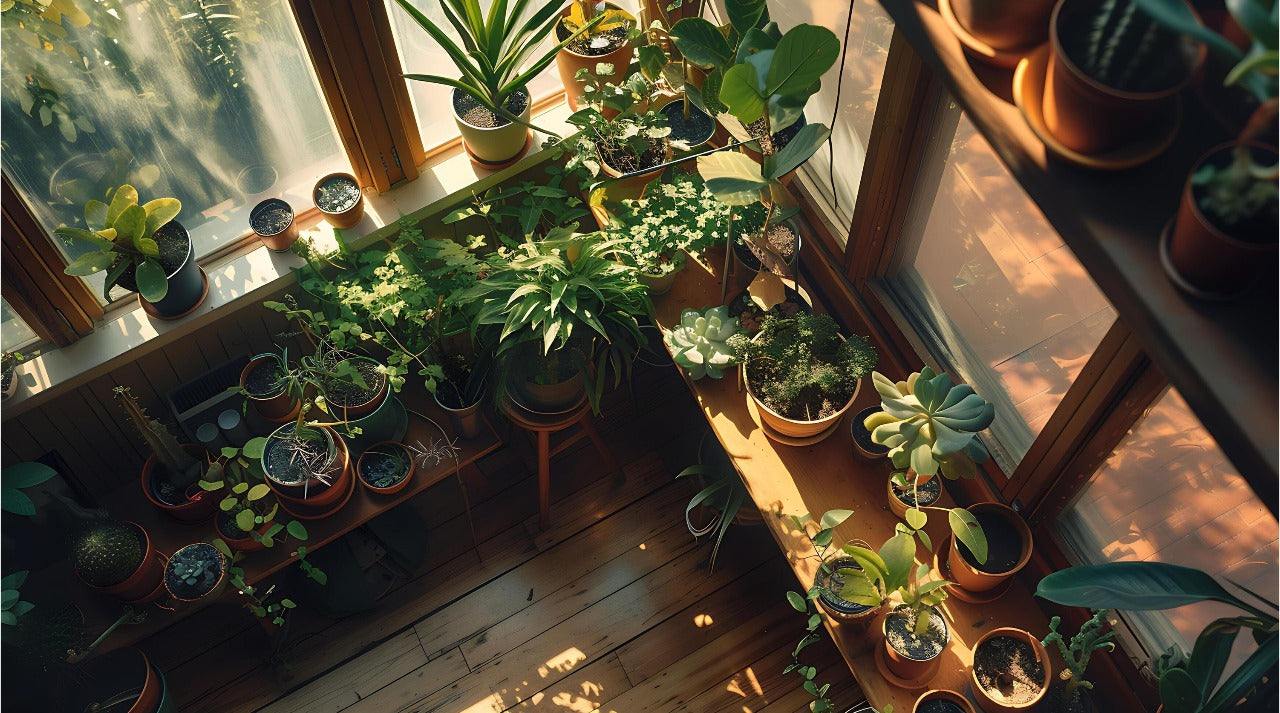
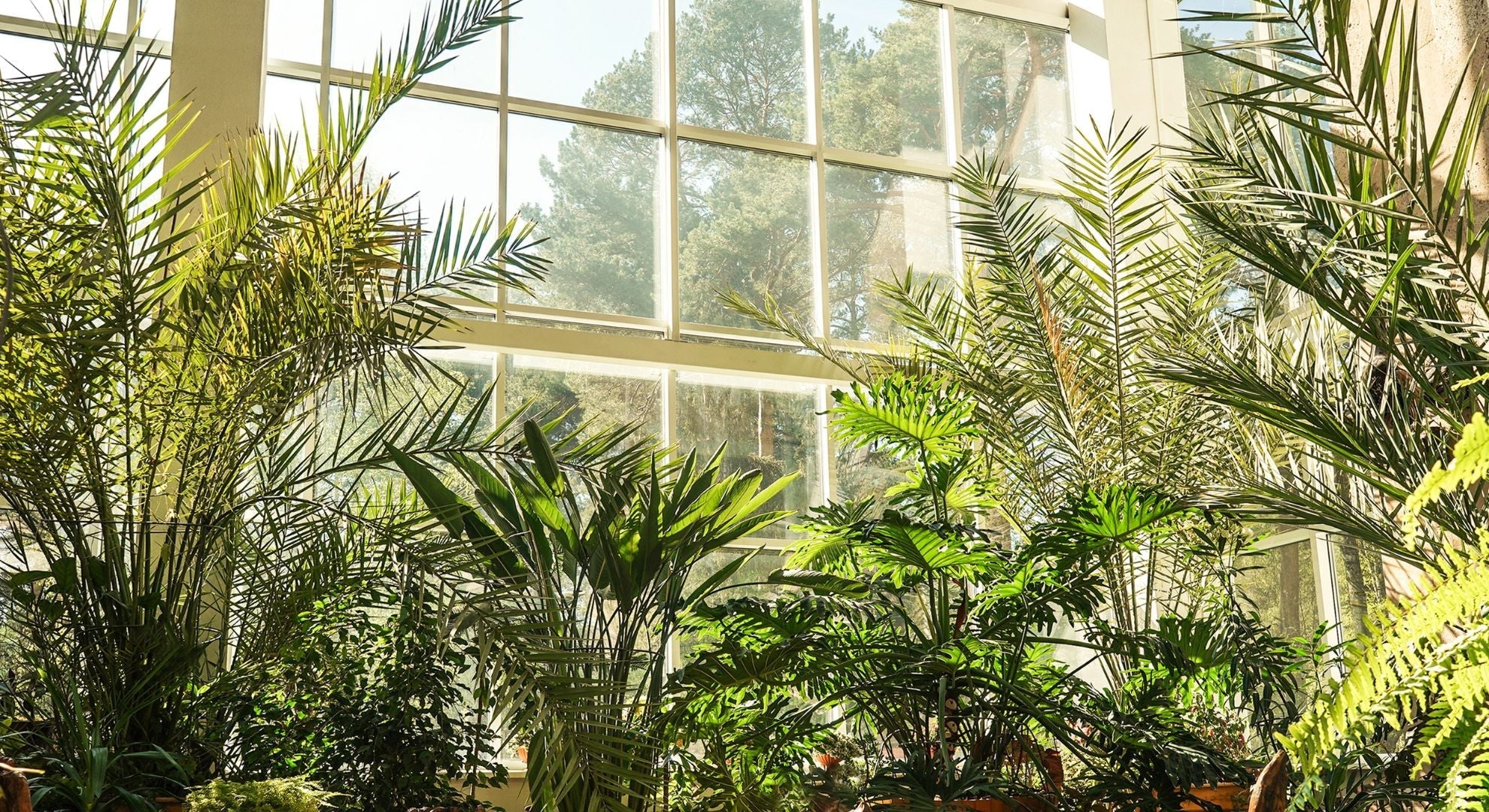
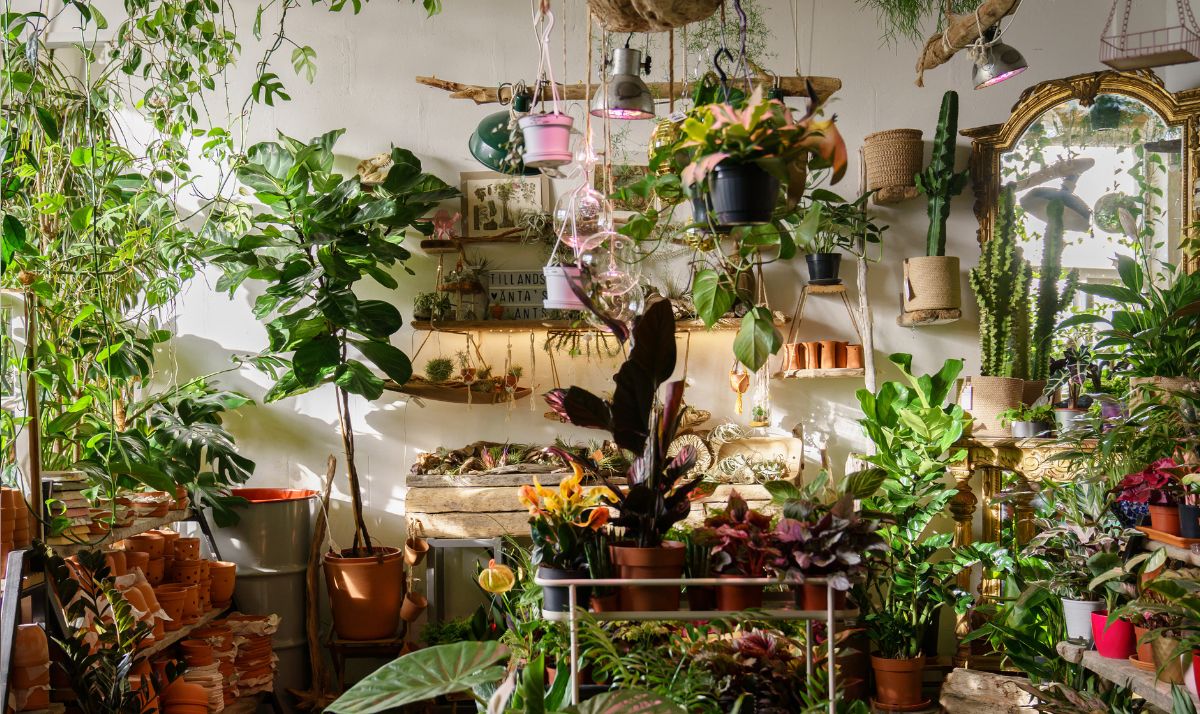
Leave a comment
This site is protected by hCaptcha and the hCaptcha Privacy Policy and Terms of Service apply.